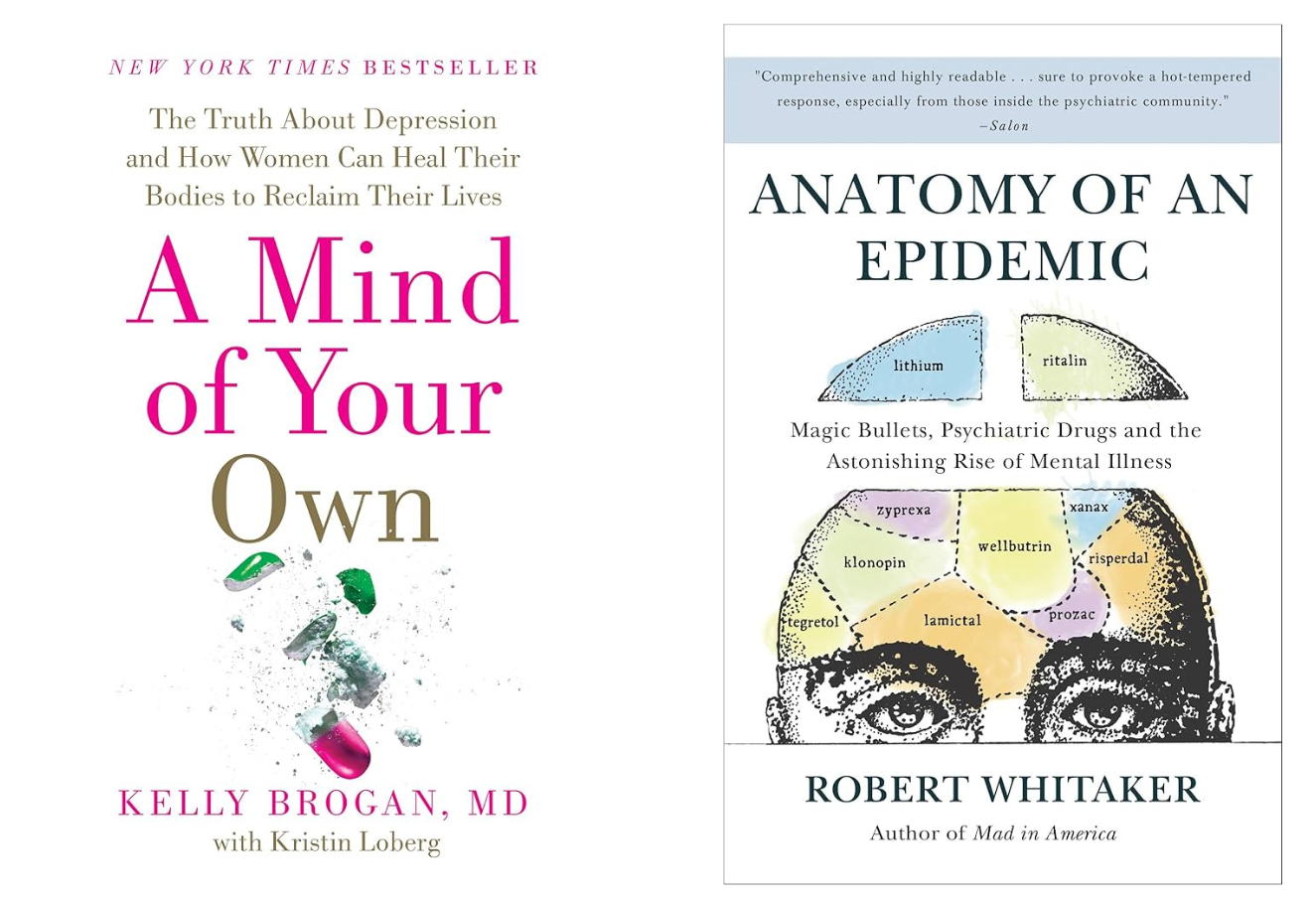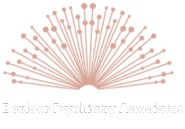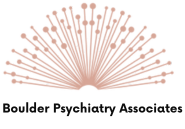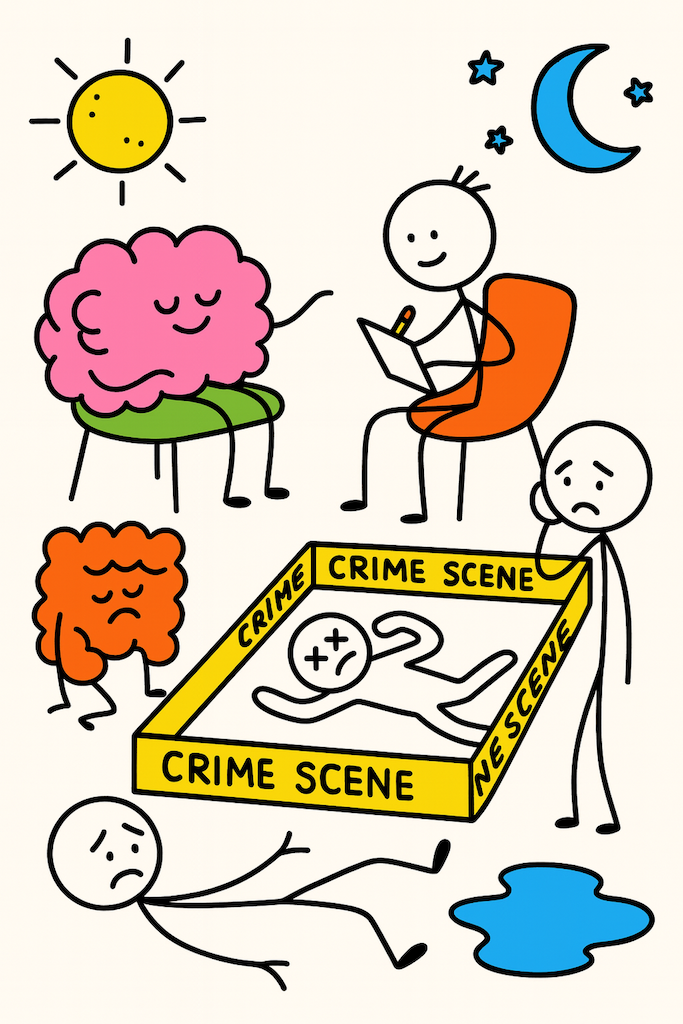What if your psychiatrist actually had time to talk to you, not just for fifteen minutes, not just to click boxes and refill your prescription, but to really understand why you feel the way you do? What if your appointment included a conversation about your childhood, your diet, your sleep, and even your gut bacteria, and no one rolled their eyes? That is the promise of integrative medicine psychiatry: not a replacement for medication or science, but a chance to dig deeper, connect the dots, and give you more than a prescription and a “see you in three months.”
Average length of a standard psychiatry appointment in the U.S.: 15 to 30 minutes.
Average time you spend in the waiting room: 20 minutes.
Average length of a integrative medicine psychiatry appointment: 60 to 90 minutes1—long enough to unpack your childhood and discuss your gut bacteria.
A Note on Western Medicine:
Western medicine has saved more lives than any other human invention. Antibiotics ended the terror of sepsis. Vaccines eradicated smallpox and nearly eliminated polio. Insulin turned diabetes from a death sentence into a chronic condition. Cardiac surgery, cancer therapies, imaging technologies, and organ transplantation routinely give people decades of extra life. This piece is not a takedown of those accomplishments but an invitation. Functional and integrative psychiatry can complement those advances by helping physicians see patients as whole people rather than clusters of symptoms. The goal is not to abandon psychotropics or protocols but to teach doctors to integrate the lessons of lifestyle medicine such as nutrition, sleep, movement, and social connection so that conventional care becomes not just life-saving but life-restoring.
Percentage of psychiatry visits focused only on med management: >70%2.
Percentage of integrative medicine visits that include diet and sleep discussions: ~90%3.
Percentage of serotonin actually produced in your gut: 90%4.
Kelly Brogan, MD, author of A Mind of Your Own, puts it this way: “Functional psychiatry allows us to move beyond symptom suppression and explore how inflammation, nutrition, and hormones shape mental health.”5
Number of lab tests a integrative psychiatrist might order before prescribing: up to 156.
Percent of depressed patients with low vitamin D: 36%7.
Percent tested for vitamin D in standard psychiatry: <10%8.
In medical school, we were taught the bio-psycho-social model9, the idea that patients are not just a bundle of symptoms but human beings with biology, psychology, and social context that all matter. Outside of integrative medicine, that model might as well be printed on a poster in the hallway. Integrative medicine is one of the only spaces where it is actually practiced. Listening to patients, really listening, is the cornerstone. It feels almost radical to spend time hearing someone’s story in an age where most doctors are forced to stare at a screen and click boxes to get through the visit.
Robert Whitaker, in Anatomy of an Epidemic, observed: “We have organized care around drugs that may actually worsen long-term outcomes.”10

Integrative Medicine vs. The Mainstream: Why I Still Show Up
Number of conferences hosted annually by IMMH (Integrative Medicine for Mental Health): 1 major national conference + regional events11.
Tone of those conferences: cautiously hopeful, sometimes outright celebratory.
Tone of APA (American Psychiatric Association) and AACAP (American Academy of Child and Adolescent Psychiatry) conferences: like doomscrolling with CME credit.
At IMMH, people clap when someone shows data that depression can be improved by fixing nutrient deficiencies or getting people to sleep better. You leave feeling like there is still a point to trying, like maybe psychiatry can help people thrive rather than just survive. The atmosphere feels collaborative, curious, and yes, hopeful, even when the data is preliminary.
Compare that with a typical APA or AACAP plenary session. The vibe is often “Here is another medication that might reduce symptoms by 12 percent if you can get insurance to pay for it.” The tone can feel clinical, detached, and sometimes downright grim, like the best we can hope for is to slow the train just enough to avoid the worst crash.
During a recent dementia panel at IMMH, presenters cheerfully reminded everyone that cognitive decline can often be slowed, and sometimes reversed12. Dale Bredesen, MD, who has published extensively on Alzheimer’s prevention, has even argued that early dementia can often be reversed with intensive lifestyle interventions. At a more conventional APA dementia session, the discussion often sounds closer to: “That is too bad, here is the latest drug trial that may shave six months off decline if you are lucky.”
And yes, some of the prescriptions sound hilariously obvious: eat real food, exercise, socialize, sleep enough. But the joke is that so few people actually do all four consistently that prescribing them might be the most radical intervention of all13.
Naturopathic Doctors: Hippie Wizards with Student Loans
Number of states that allow NDs to prescribe psychiatric medications: fewer than 1014.
Percent of NDs who treat anxiety, depression, or ADHD: >60%.
Naturopathic doctors (NDs) are often portrayed as hippie healers who will read your aura before they check your blood pressure, but most of them are serious professionals who finish four-year doctoral programs and sit for board exams. Their approach is to spend time with you, sometimes an hour or more, digging into what you eat, how you sleep, what stresses you out, and yes, how often you poop. They look for root causes, not just labels, and they often emphasize food as medicine, microbiome health, and nervous system regulation before anything else.
Peter Bongiorno, ND, LAc, emphasizes: “Addressing the gut-brain axis is not fringe science — it is psychiatry finally catching up.”15
Annual growth of the integrative mental health market: >10%.
Percent of naturopathic visits involving stress counseling: >80%.
Percent that involve recommending yoga or meditation: ~70%.
And yes, some NDs will sell you $80 lavender capsules and a crystal water bottle, but at least they are not shrugging at you and saying, “Well, let’s just increase your dose and see what happens.”
MD vs DO: The Spider-Man Pointing Meme
Percent of MD psychiatrists using psychotherapy in their practice: <25%16.
Percent in the 1980s: ~80%.
Percent of DO psychiatrists who integrate OMT for headaches or anxiety: ~30%.
MDs and DOs are trained to do the same job, but DOs receive additional training in osteopathic manipulative treatment (OMT), which can address physical contributors to anxiety, insomnia, and even migraines. Imagine being able to get your neck and jaw pain treated during your psychiatry appointment, that is what some DOs actually do.
Rachel Shively, DO, psychiatrist and residency educator, explains: “Psychiatry is as much about the body as the mind. DO training reminds us of that every day.”17
This is why the Spider-Man meme applies: the MD and DO are pointing at each other and saying, “I can prescribe Prozac.” “I can prescribe Prozac and realign your spine.” Both are right, but one of them is treating the body as part of the mental health picture, which, spoiler, it is.
Average wait time for a psychiatry appointment: 45 days18.
Average wait time for a psychiatry appointment when you are in crisis: also 45 days.
Number of telepsychiatry visits since 2020: >50 million.
Allen Frances, MD, chair of the DSM-IV task force and author of Saving Normal, famously warned: “We are turning normal sadness into mental disorder and medicalizing life’s problems.”19
Putting It All Together: Pills, Probiotics, and a Prayer
Average number of supplements prescribed by integrative psychiatrists: 3 to 8.
Percent that are probiotics, omega-3s, or magnesium: >70%.
Monthly cost: $75–$250.
Insurance coverage: HAHAHAHA.
Jeffrey Bland, PhD, biochemist and founder of the Institute for Functional Medicine, has said: “Our goal is to get people healthy enough not to need us.”20
And yet, it is worth saying clearly that “let’s just get rid of psychotropics” is a bad take. The world is not perfect, and neither are we. Many people genuinely need antidepressants, antipsychotics, mood stabilizers, or stimulants simply to get to a baseline where they can make the kind of changes integrative medicine recommends. Studies show that approximately 60 to 70 percent of people with major depressive disorder experience meaningful improvement with first-line antidepressants,21 and combination therapy with medication plus psychotherapy roughly doubles remission rates compared to therapy alone.22 Antipsychotic treatment reduces relapse rates in schizophrenia by up to 70 percent,23 and stimulant medications improve academic performance and reduce risky behaviors in adolescents with ADHD by as much as 30 to 40 percent.24 It is hard to heal your gut or start meditating when you cannot get out of bed or when you are hearing voices. Medications are often the scaffolding that holds people up long enough to rebuild their lives, and that is not a failure. That is what compassionate psychiatry looks like.
At first blush, it sounded like RFK Jr. might have been championing some of these very ideas. His “Make America Healthy Again” campaign used the language of root-cause medicine and personal empowerment. But what followed turned out to be less a movement and more another grift. RFK Jr. used those wellness talking points as the velvet rope to pull in an audience, then pivoted to selling them something entirely different: mistrust of public health, conspiratorial anti-vaccine narratives, and a political identity that made him look like a maverick while putting real people at risk.33 It is the classic bait and switch, and it is why he may actually be more dangerous than the average snake-oil salesman. At least the guy hawking $80 lavender capsules is not trying to dismantle public health systems on the side.
Psychedelics: Ancient Medicine, Modern Comeback
For most of human history, from the Eleusinian mysteries in ancient Greece to psilocybin ceremonies in pre-Columbian Mesoamerica, humans have used psychoactive plants to explore consciousness and heal. These traditions were suppressed for centuries but are now resurfacing with scientific rigor.
Today, MDMA-assisted therapy for PTSD shows 67 percent remission rates after three sessions,25 psilocybin for treatment-resistant depression produces relief lasting up to 12 months,26 and ketamine can cut suicidal ideation within 24 hours in up to 70 percent of patients.27
Rick Doblin, PhD, founder of MAPS (Multidisciplinary Association for Psychedelic Studies), says: “Our goal is mass mental health, where people are not afraid to confront their trauma and integrate it into a meaningful life.”28 Doblin has argued that psychedelic therapy could be a generational shift in mental health, a chance to move beyond chronic symptom management and toward true integration and healing.
I see this firsthand in my own practice, where I offer ketamine treatments as part of a comprehensive plan. Ketamine is not a miracle, but it is often the first thing that helps a person feel enough relief to engage in therapy, leave bed, or choose life. Its rapid onset can interrupt spirals of suicidal ideation or severe depression in hours, compared to weeks for SSRIs. When combined with psychotherapy, ketamine sessions help patients reframe painful experiences and start to rebuild a life that feels livable.
How They Work: MDMA quiets the amygdala, allowing trauma memories to be revisited without overwhelming fear. Psilocybin increases connectivity between brain regions, loosening rigid thought patterns. Ketamine triggers a burst of new synaptic growth, which may explain its rapid antidepressant effect. The point is not just to trip. It is to create a neurological opening where therapy can finally stick.
Annual number of antidepressant prescriptions in the U.S.: >350 million29.
Percent of Americans on at least one psychiatric drug: ~16%.
Percent who have ever been told to change diet, sleep, or exercise: less than half.
Michelle Obama stated at a White House summit: “Too many Americans are suffering in silence, and too many are still afraid to ask for help.”30
Patrick Kennedy, former congressman and mental health advocate, put it starkly: “We do not have a mental health system in this country. We have a mental illness crisis-response system.”31
And yet, someone will still tell you to “just meditate and drink water” as if hydration will heal generational trauma, fix the serotonin problem, and lower your rent.
Conclusion: The Most Powerful Prescription
So, whether you go to an MD psychiatrist for a 15-minute med check, a DO psychiatrist who adjusts your spine while asking about your mother, or a integrative medicine psychiatrist who wants a stool sample before recommending Zoloft—the goal is the same: stay alive, stay sane, and maybe get off the hamster wheel of symptom suppression.
Andrew Weil, MD, reminds us: “Medicine should be about health, not just sick care.”32
And maybe, at the very heart of it: if medicine’s first duty is to do no harm, its second should be to truly listen. Because sometimes the act of being heard fully, without rushing—is the most powerful prescription of all.
This is a conversation I want to keep having, on my website at boulderpsychiatryassociates.com, in the comments section on Substack, or wherever thoughtful people gather to talk about mental health that does not feel like a five-minute oil change. If you are in Boulder, come by the office sometime. There might even be home-baked cookies, and yes, we can talk about your gut bacteria over banana bread.
If this resonates with you, share it. Send it to your doctor, your therapist, your state rep. Post it where people argue about SSRIs and serotonin and gluten and see what happens. Change starts with one conversation, so let’s make this one louder.
Footnotes
- Institute for Functional Medicine. “Functional Medicine Approach to Mental Health.” IFM, 2022, pp. 3–5. ↩
- Olfson, Mark et al. “National Trends in Outpatient Psychiatric Care, 1996–2016.” JAMA Psychiatry, 2019, pp. 17–25. ↩
- Hyman, Mark. The UltraMind Solution. Scribner, 2009, pp. 42–49. ↩
- Gershon, Michael. “Serotonin and the Gut.” Scientific American, 2000, pp. 67–72. ↩
- Brogan, Kelly. A Mind of Your Own. HarperWave, 2016, pp. 11–13. ↩
- Perlmutter, David. Brain Maker. Little, Brown Spark, 2015, pp. 78–85. ↩
- Anglin, R. E. et al. “Vitamin D Deficiency and Depression in Adults.” British Journal of Psychiatry, 2013, pp. 100–106. ↩
- Eyles, D. W. et al. “Vitamin D and Brain Function.” Neuropsychology Review, 2013, pp. 141–153. ↩
- Engel, George. “The Need for a New Medical Model.” Science, 1977, pp. 129–136. ↩
- Whitaker, Robert. Anatomy of an Epidemic. Crown, 2010, pp. 45–50. ↩
- IMMH. “Annual Conference Program.” IMMH, 2025, pp. 1–2. ↩
- Bredesen, Dale. The End of Alzheimer’s. Avery, 2017, pp. 201–215. ↩
- WHO. “Risk Reduction of Cognitive Decline and Dementia: WHO Guidelines.” WHO, 2019, pp. 8–10. ↩
- American Association of Naturopathic Physicians. “State Licensure Map.” AANP, 2023, pp. 1–3. ↩
- Bongiorno, Peter. Holistic Solutions for Anxiety and Depression. Norton, 2015, pp. 23–31. ↩
- Gabbard, Glen O. Psychiatry. 6th ed., Oxford University Press, 2021, pp. 412–420. ↩
- American Osteopathic Association. “OMT in Psychiatry Practice.” AOA, 2020, pp. 5–7. ↩
- Merritt Hawkins. “Review of Physician Appointment Wait Times.” 2022, pp. 3–6. ↩
- Frances, Allen. Saving Normal. HarperCollins, 2013, pp. 12–18. ↩
- Bland, Jeffrey. The Disease Delusion. HarperWave, 2014, pp. 7–9. ↩
- Cipriani, Andrea et al. “Comparative Efficacy and Acceptability of Antidepressants.” Lancet, 2018, pp. 1357–1368. ↩
- Cuijpers, Pim et al. “Combining Psychotherapy and Pharmacotherapy in Depression.” World Psychiatry, 2020, pp. 90–99. ↩
- Leucht, Stefan et al. “Relapse Prevention in Schizophrenia with Antipsychotics.” Lancet, 2012, pp. 209–215. ↩
- Molina, Brooke et al. “Long-Term Effects of Stimulant Medication in ADHD.” Journal of the American Academy of Child & Adolescent Psychiatry, 2009, pp. 890–898. ↩
- MAPS Phase 3 Clinical Trial Results, 2023, pp. 2–5. ↩
- Carhart-Harris, Robin et al. “Psilocybin for Treatment-Resistant Depression.” New England Journal of Medicine, 2022, pp. 1402–1412. ↩
- Wilkinson, Samuel et al. “Ketamine for Rapid Reduction of Suicidal Thoughts.” American Journal of Psychiatry, 2018, pp. 327–335. ↩
- Doblin, Rick. “Vision for Psychedelic Medicine.” MAPS Keynote, 2022, pp. 1–4. ↩
- IQVIA Institute. “Medicine Use and Spending in the U.S.” 2022, pp. 33–38. ↩
- Obama, Michelle. “Remarks at Mental Health Summit.” White House Archives, 2013, pp. 2–3. ↩
- Kennedy, Patrick. A Common Struggle. Blue Rider Press, 2015, pp. 112–119. ↩
- Weil, Andrew. Health and Healing. Houghton Mifflin, 1983, pp. 6–9. ↩
- Kennedy, Robert F. Jr. “Make America Healthy Again: Campaign Platform.” Team Kennedy 2024, 2023, pp. 1–3. ↩




